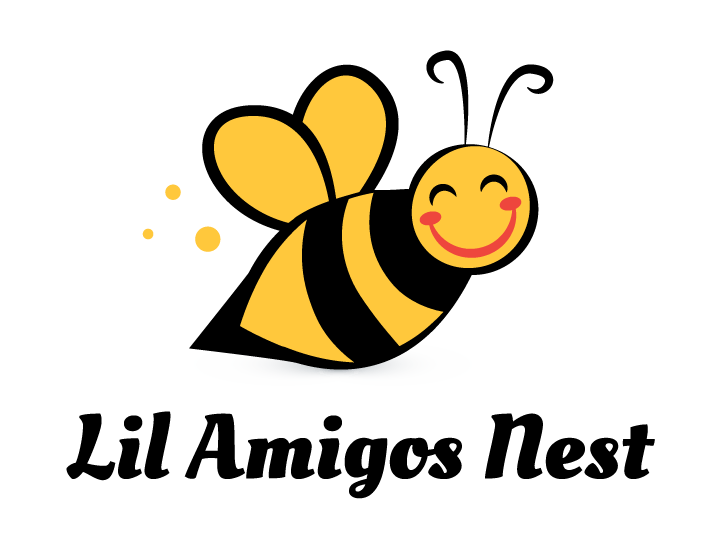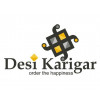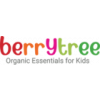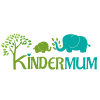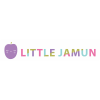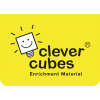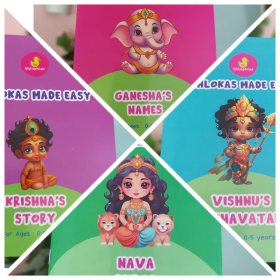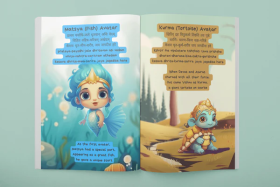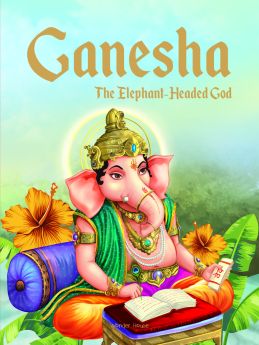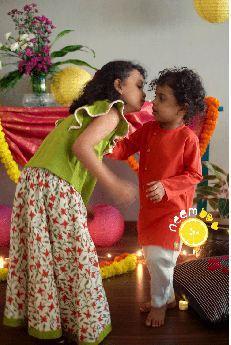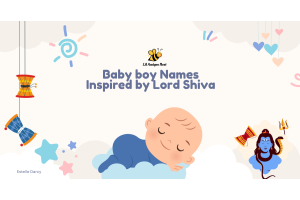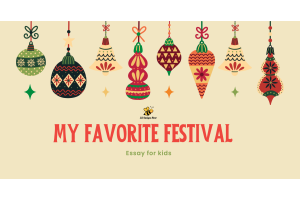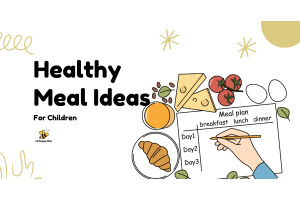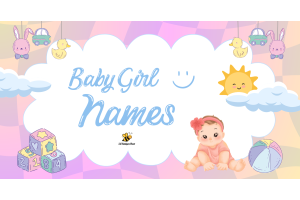Navratri Play Ideas: Toys & Games That Celebrate Traditions
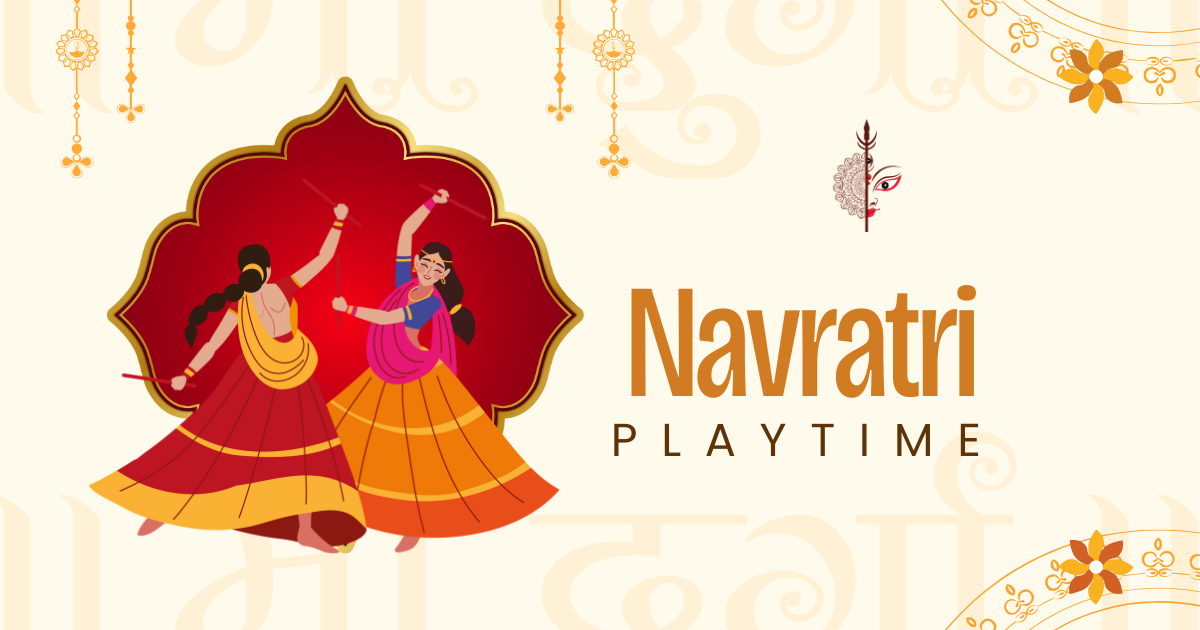
Navratri 2025 is a great chance to bring play and learning together. This Hindu festival centers on joy, music, dance, and stories. You can use Navratri toys and traditional Indian games for children to teach customs, share stories about the goddesses, and create memories that last. Kids pick up culture best when they are playing. With a few simple toys, Shloka flashcards, and small games, you can turn festival time into a hands-on learning festival.
Why play during Navratri matters
Play is how children learn language, values, and social skills. During Navratri, families gather to celebrate. Adding play into those moments helps children feel part of the festival instead of watching from the side. Navratri toys for kids, like small dolls in traditional dress or toy musical instruments, let children act out rituals in safe ways. Games that use festival symbols help kids remember the stories and the meaning behind the rituals.
These games and toys also build fine motor skills, counting, memory, and early reading. Shloka flashcards can make quiet time meaningful. Traditional Indian toys introduce material culture—wood, cloth, and simple moving parts—so kids experience a different kind of play than screens provide.
How to pick Navratri toys and games (quick guide)
- Age-appropriate: Look for toys marked for the child’s age. Small parts are okay for older kids but not for toddlers.
- Durable and safe: Choose natural materials or tested plastics. Avoid toys with sharp edges.
- Cultural fit: Pick toys that reflect the festival—dolls in festive dress, small instruments, clay diyas, etc.
- Educational angle: If you want learning, add shloka flashcards, counting beads, or storytelling prompts.
- Budget-friendly options: Many games can be DIY from paper, cloth, and recycled boxes.
Navratri play ideas by category
1. Role-play with festival dolls and mini-puja sets
Give children small dolls dressed in traditional clothes and a safe mini-puja set. The set can include a toy diya (battery-operated), a simple mala (beads), and a small tray to offer pretend flowers. Let kids act out a family puja, say short shlokas (with help), and practice placing flowers.
Why this works: Role-play builds empathy and understanding of ritual steps. It also helps younger kids learn vocabulary like “aarti,” “diya,” and “prasad.”
How to do it: Create a small altar corner with cloth, a printed image of a goddess, and the toy items. Supervise the child if any real candles or small objects are used.
2. Shloka flashcards and storytelling rounds
Shloka flashcards are a gentle way to introduce Sanskrit or simple devotional lines. Use cards with a short shloka on one side and its meaning in simple English on the other.
Game idea: “Shloka match.” Spread the cards face down. Children take turns flipping two cards. If the meaning card matches the shloka card, they keep the pair. This strengthens memory and comprehension.
Tip: Keep shlokas short and meaningful. For younger kids, use one-line prayers or festival greetings.
3. Garba and dandiya kid-friendly dance games
Dandiya and garba are central to Navratri. Adapt them for children by using soft sticks and a short, safe dance area.
Game idea: “Follow-the-leader garba.” An adult or older child leads simple steps while others copy. Add a pause where each child invents a move. This develops coordination and rhythm.
Toy suggestion: Soft foam dandiya sticks or wooden sticks with rubber ends are great for little hands.
4. Craft-based toys: Make-your-own traditional toys
Create simple traditional Indian toys with kids. For example, make a cloth doll with spare fabric, or a spinning top from a bottle cap and a stick.
Project: Decorate small clay diyas with paint and sequins. Use them as table decor during the festival.
Learning outcome: Kids practice fine motor skills, creativity, and learn about materials used in Indian festivals.
5. Navratri-themed board games and memory games
You can make a board game that follows the nine nights of Navratri. Each square teaches a fact about one day—its color, one food, or a goddess attribute.
Simple version: Fold a cardboard path into nine sections. Use small tokens (coins, buttons) as player pieces. Use a die or spin wheel for movement. Landing on a square prompts a question or action, such as “Name a color associated with this day” or “Sing one line from a devotional song.”
Why it helps: This game makes learning incremental and fun. It also builds counting and turn-taking skills.
6. Traditional Indian toys with a modern twist
Introduce traditional Indian toys like wooden channapatna toys, spinning tops, and pull-toys. Pair them with a short story or activity that ties the toy to the festival.
Example: A wooden figurine dressed as a goddess becomes a character in a simple puppet show that explains a festival story in two minutes.
7. Food-based play: Learn by cooking small treats
Let older kids help make simple Navratri snacks. Use safe tasks like stirring, decorating, or choosing spices. Turn the steps into a counting game: “Add three dry fruits” or “Make five small ladoos.”
Safety first: Keep knives and hot stoves away. Supervise always.
8. Quiet time: Festival reading nook with picture books and cards
Create a Navratri reading nook with picture books about the festival, a small cushion, and shloka flashcards. For pre-readers, use picture cards showing festival scenes and ask simple questions: “Who is this?” “What are they holding?”
Benefit: Quiet reflection helps children absorb the cultural meaning and prepares them for family rituals.
DIY projects you can do at home (step-by-step)
DIY shloka flashcards
Materials: index cards, marker, stickers.
- On one side, write a short shloka in Roman script.
- On the back, write a simple English meaning and a pronunciation guide.
- Decorate with a small sticker matching the card theme.
Use them for a daily two-minute recitation during Navratri.
DIY mini-dandiya sticks
Materials: wooden dowels, foam tape, glitter tape, ribbon.
- Wrap the middle of the dowel with foam tape for grip.
- Add glitter tape near the ends for decoration.
- Tie ribbons to one end for a festive look.
- Seal with a small strip of clear tape to avoid loose glitter.
These are safer for indoor play than hard sticks.
DIY garland counting game
Materials: colored paper, string.
- Cut 27 small paper flowers (three for each night if you like).
- Number small stickers from 1 to 27 and stick them on the flowers.
- Children thread flowers onto a string in order, practicing counting and attaching.
Learning goals tied to each activity
- Language and memory: Shloka flashcards and storytelling increase vocabulary and recall.
- Motor skills: Craft work, dancing, and toy assembly help with fine and gross motor control.
- Cultural knowledge: Role-play and puppet shows teach the festival’s meanings.
- Social skills: Group games teach sharing, turn-taking, and cooperation.
- Creativity: Making toys and crafts opens imagination and personal expression.
Safety and accessibility tips
- Choose battery-operated diyas instead of candles for young children.
- Avoid small parts for kids under three.
- Use non-toxic paints and glues.
- Provide a quiet space for children who become overwhelmed by crowds or loud music.
- Include sensory-friendly options: soft fabrics, gentle lights, and calm music.
Where to find Navratri toys and traditional Indian toys
Check out lilamigosnest.com for fun learning games, toys, and a Goddess Laxmi-themed activity box to make your child’s Navratri more joyful and engaging.
Making play inclusive for all children
- For mixed-age groups, create layered activities: simple coloring for toddlers and a storytelling script for older kids.
- For children with sensory needs, offer quiet corners, noise-canceling headphones, and fidget-friendly toys.
- Use picture-based shloka cards for non-readers and sign-language-friendly cues for repeated phrases.
Quick schedule for a Navratri play hour (sample)
- Welcome (5 minutes): Light a battery diya and sing a short greeting song.
- Circle time (10 minutes): Show a shloka flashcard and tell its meaning.
- Craft/Make (20 minutes): Make a simple diya or dandiya stick.
- Dance break (15 minutes): Follow-the-leader garba with soft sticks.
- Game time (15 minutes): Play the nine-night board game.
- Cool down (5 minutes): Quiet reading and snack.
This schedule fits into an hour and balances active and quiet moments.
FAQs (useful for AEO and voice search)
Q: What are good Navratri toys for toddlers?
A- Soft dolls, foam dandiya sticks, battery diyas, and simple bead strings work well. Avoid small parts and sharp edges.
Q: Can Shloka flashcards be used for non-Hindu families?
A- Yes. Shloka flashcards teach simple words, rhythms, and respectful exposure to another tradition. Frame them as cultural learning.
Q: How can I make Navratri games educational?
A- Add counting, matching, and memory elements. Tie each game to a short story or a learning objective like colors, days, or virtues associated with the festival.
Q: Are traditional Indian toys better than mass-produced plastic ones?
A- Traditional toys often encourage tactile play and imagination. They are more durable and eco-friendly. But safety and age-appropriateness matter most.
Keep it meaningful and joyful
Navratri is about celebration, music, and family. Toys and games are not a replacement for rituals. They are a way to include children in a meaningful way. Whether you buy Navratri toys for kids or make shloka flashcards with them, the goal is to create positive memories and pass on traditions with care. Keep activities short, fun, and flexible. Let children lead sometimes, and be ready to simplify if they lose interest.
